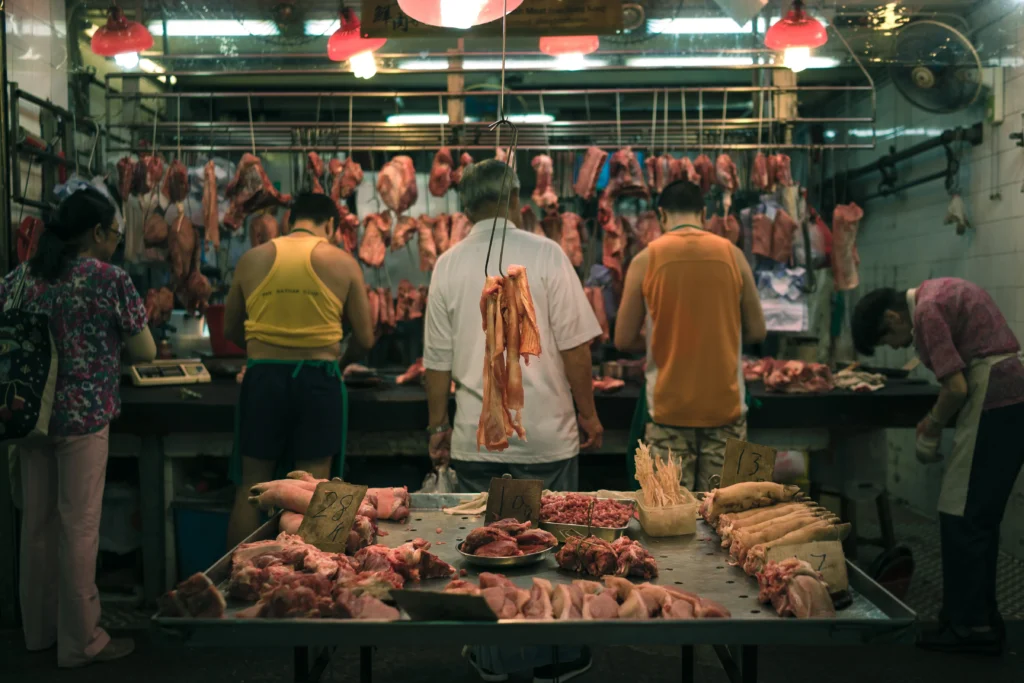With the recent world catastrophe that is Covid-19 dominating people’s minds, it is timely to examine the central role China has played as the source of pandemics over time.

Photo by Edwin Hooper on Unsplash
The Hard Facts
While it is sometimes hard to tell, particularly as we go back in time, the following pandemics are deemed to have started in China:
Plague in the 6th Century
Bubonic Plague in the 14th Century
Plague in the 19th Century
Influenza pandemic of 1918–19
Asian Flu pandemic of 1957–59
Hong Kong Flu pandemic of 1968
Russian Flu of 1977
SARS Coronavirus pandemic of 2002–03
Avian influenza bird pandemic of 2013-present
The present coronavirus Covid-19 pandemic is related to the SARS Coronavirus of 2002, and originated in China in 2020.
Causes
So you might ask why does China play such a role in so many pandemics?
There are many factors that have placed China as the origin of some many pandemics. Let’s examine them.
For much of recorded history China has played a central role in international trade. The silk route from China to the west is believed to be the path of dispersion of the first three pandemics. Today’s place of China is similar, and rapid air travel, the growing ability of normal Chinese to travel internationally for holidays and the routing of so much international cargo from and through China presents so many opportunities for dispersion.

Photo by Library of Congress on Unsplash
China has also often provided large amounts of labour overseas. This is believed to have been the origin of the 1918 Influenza pandemic and how it arrived in Europe.
China’s population density is also very clearly a factor. With the world’s largest population at present and significant concentration of population in large cities, there is huge potential risk as a result of overcrowding.

Photo by Natalie Ng on Unsplash
The preference of many Chinese for freshly killed meat rather than frozen or refrigerated means there are live markets where a variety of live animals of different species are kept in close proximity. This brings many species, including exotic ones like bats which carry many diseases, into close proximity with other animals and with people.
Related to this is the Chinese preference for pork. Since pigs bear many similarities to people (which is why organ transplant from pigs into humans is possible), they form a possible quick vector for animal diseases to jump to humans. Similarly the close proximity of people with live birds provides another likely vector. This close proximity of people and animals has been the direct cause of many of the recent pandemics.
Pollution, the dumping of toxic and possibly mutagenic substances in the environment and human encroachment on wildlife environments all exaggerate the potential for new diseases to emerge.
Another major issue in recent times has been the tendency of the Chinese Communist Party (CCP) to attempt to cover up disease outbreaks in a misguided attempt to eliminate any perception of incompetency in the CCP. The Chinese coverup attempts for Covid-19 are well documented, and shows that no lessons had been learned from earlier pandemics. China did the same thing with SARS in 2002. And they tried the same in 2013 with the avian flu.
What Needs to Happen
China has demonstrated over and over again that it cannot be trusted to handle and properly notify international authorities of potential disease outbreaks early enough. While we can’t directly force the CCP to behave, we can recognise that this issue is not likely to go away until the CCP changes or there is a change of government, and take action. All travellers from China (not just Chinese citizens) should be health screened before getting on international flights and shipping, and on arrival at their next stop. Arrivals information needs to be easily computer cross-checked with health records so that possible outbreaks can be identified early. The use of AI in analysing disease information may allow for the early flagging of trends.
The CCP needs to recognise that they look more incompetent and less legitimate the more they try to cover these things up. Openness would demonstrate that they are responsible.
China also has a lot to lose by not being responsible. Already as a result of Covid-19 many businesses and governments are questioning how wise it is to have so many supply chains linked to China. This is leading to a shift in focus from China to countries like India. The CCP’s social contract with its people is dependent on them continuing to deliver improvements in standards of living. Suffocating surveillance and control can only get them so far should they fail to deliver, a lesson they should have learned from their own history and that of the Soviet Union.
Apart from openness in reporting, China needs to finally deal with the wet markets, enforce proper livestock health and care standards and confront the issues of exotic animal consumption for largely superstitious and appearance reasons.
Conclusion
All the above changes could happen. If China acted properly, then the testing of travellers from and through China could be avoided. But until they do the testing of travellers should be put in place as international travel opens back up. Based on history, the next pandemic is highly likely to originate in China. The rest of the world cannot be the victim of Chinese government inaction again.